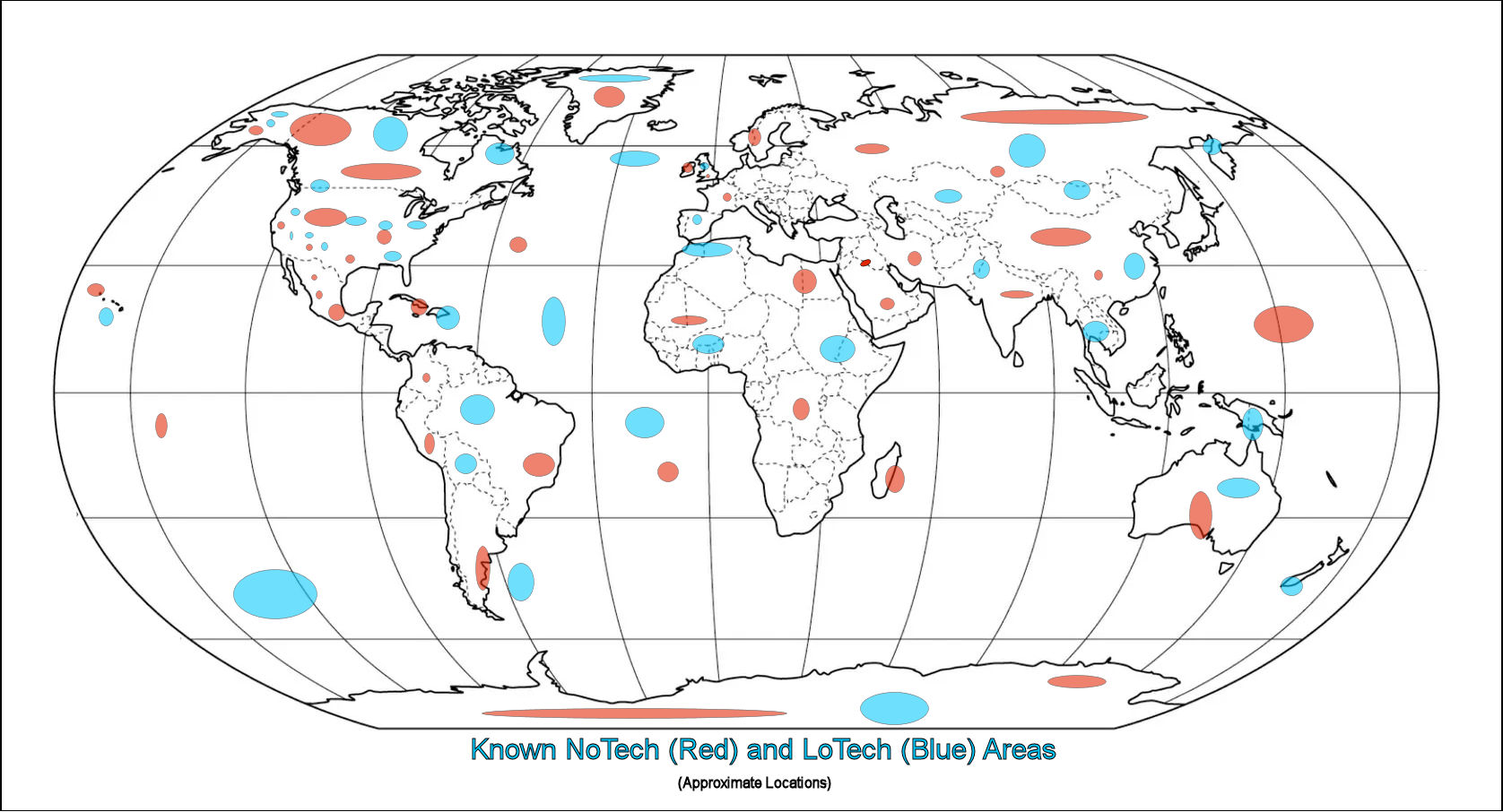Yeti
Yeti are massive, ape-like, bipedal hominids inhabiting the Himalayas at the 8,000-to-15,000-foot level. Their monstrous appearance has given rise to its English nickname, the Abominable Snowman.
Most of the people who live near the habitat of the yeti look upon them as guardians of the mountain and, sometimes, its people. There are stories of people, caught by an unexpected snowstorm, who claim to have been rescued by one of these mountain giants despite their vicious appearance.
Basic Information
Anatomy
Yetis are bipedal hominids, closely resembling large apes. Their musculature is large and their massive bulk helps to keep them warm in the high altitudes of the Himalayas. Despite their size, they are virtually silent when they move only being heard when they howl or roar.
Ecology and Habitats
During spring and summer, the yeti wander the lower elevations of their range, searching for food. Once winter arrives, the yeti move higher up into the Himalayas where they subsist on the food that they have stored in the caves they live in. They occasionally venture out onto the snowpack, leaving behind inexplicable footprints in the snow that have fueled their fearsome reputation.
Dietary Needs and Habits
Very little is known about the yeti and its dietary needs. Not a predator species, they are mostly a forager of trees, grasses and other vegetation, the yeti also eat fish from streams and rivers. There have been reports of yetis attacking yaks, deer and even snow leopards, but there is no evidence that the yeti prey on these animals.
Behaviour
The yeti are mostly nocturnal, going out to forage or fish near sunset, avoiding contact with humans whenever possible.
Additional Information
Social Structure
Yeti are solitary beings.
Geographic Origin and Distribution
Yeti are only found in the Himalayas in Tibet, usually in the eight to fifteen thousand foot altitude range.
Average Intelligence
Yeti possess an intelligence at least equal to humans.
Perception and Sensory Capabilities
A yeti's sense of smell is very keen. Their eyes have thick eyelashes and very strong lids to keep them clear of snow.
Civilization and Culture
Interspecies Relations and Assumptions
Most of the information concerning the yeti has come from the work of Hope Rogers, a graduate student at Columbia University. She successfully made contact with a yeti that she nicknamed "Larry". While "Larry" never mentioned anyone, it was quite clear that he must have had contact with another human being as this gentle giant was very adept at making a type of lemon sorbet.
Scientific Name
Dinanthropoides nivalis
Lifespan
Unknown
Conservation Status
There are currently no laws protecting Yeti.
Average Height
10 to 12 feet tall.
Average Weight
500 to 850 lb.s
Body Tint, Colouring and Marking
Yeti are fully covered from head to foot in thick, white fur. They have two horns on the top of their head. Their skin is actually a light shade of blue.
Discovered by











Comments